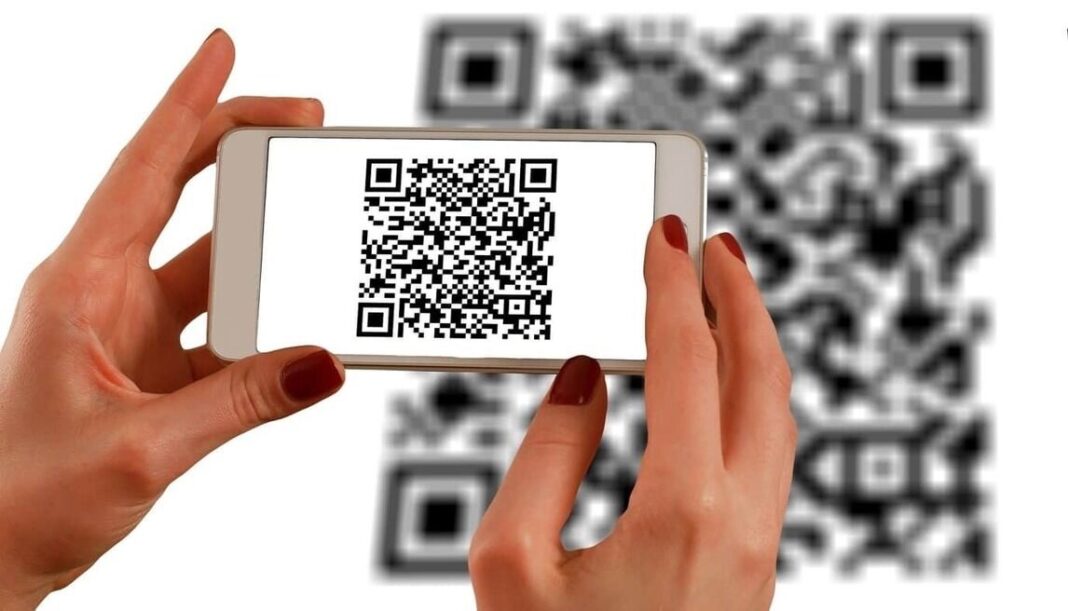Introduction
Quick Responses or QR codes have become essential for business owners. Consider this tool if you want to make your business operation more efficient. These square-shaped codes simplify tasks and enhance efficiency, from scanning restaurant menus to facilitating mobile payments. However, not all QR codes will work according to your needs. Therefore, consider getting one or designing one using a QR code maker that will offer the best services and improve your business efficiency. You should know everything about these QR codes and the differences between various versions and types.
different versions emerged, each offering improved encoding capacity, error correction, and versatility.
- QR Code Versions
QR codes come in various versions, denoted by a numeric value. The version number signifies the size and complexity of the code Influencing factors such as data capacity and error correction capabilities. As the version number increases, so does the grid size of the QR code accommodating more data for instance a Version 1 QR code measures 21×21 modules, while a Version 40 QR code expands to 177×177 modules.
- Micro QR Codes
In addition to the standard QR codes, micro QR codes offer a more compact alternative. They are suited for limited-space applications like business cards or small product packaging. Despite their reduced size, micro QR codes maintain versatility, supporting various data types, from numeric to alphanumeric.
- QR Code Error Correction Levels
One crucial aspect that sets QR codes apart is their ability to withstand errors caused by environmental factors or damage. QR codes employ error correction levels – Low, Medium, Quartile, and High – to enhance their effectiveness. While a Low error correction level is suitable for pristine environments, High is better equipped to handle conditions where code visibility may be compromised.
- Diverse Data Types
QR codes are not confined to a single data type. They can encode numeric, alphanumeric, byte, and binary data. Numeric codes are ideal for numerical information, while alphanumeric codes accommodate a broader range of characters, including letters and symbols. Byte codes can encode binary data efficiently, making them suitable for applications involving images or multimedia.
- Customizing QR Codes
As QR codes have become more prevalent businesses and individuals seek ways to make them visually appealing and brand-oriented. While traditional black and white QR codes remain prevalent, newer versions allow for customization. Users can incorporate colors, logos, and design elements into the codes without compromising functionality. However, it is crucial to compare them, ensuring the code remains scannable and retains its primary function.
Conclusion
The versatility of QR codes extends beyond essential information storage. They find applications in different industries, revolutionizing processes and improving user experiences. QR codes have proven versatile, from mobile payments to inventory management and marketing. The type of QR code selected often depends on the requirements of the intended application. You must know about the QR code maker when designing the codes alone. These tools can help you craft a code that will fit your needs; these are the few things you must know when considering using QR cords in your company.
